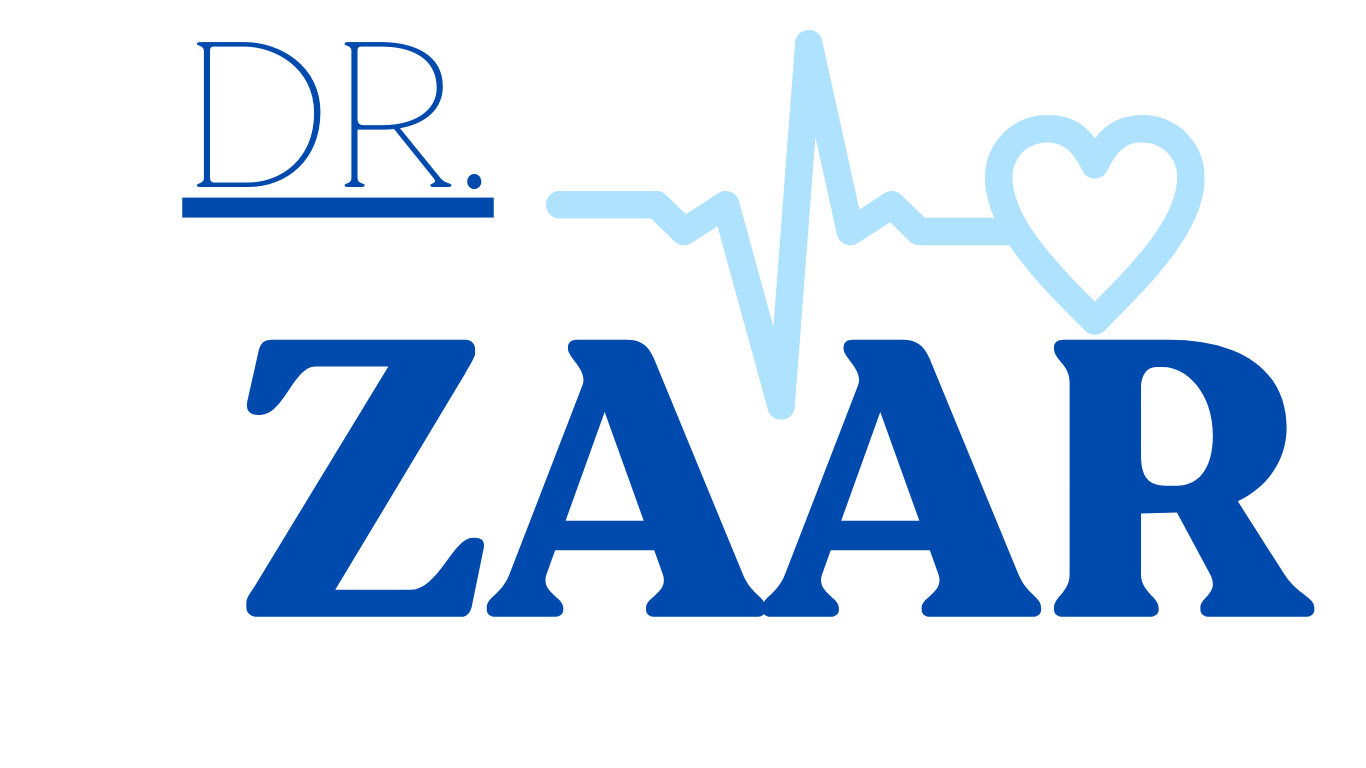- January 18, 2025
- By drzaarofficial1@gmail.com
- 7
Understanding Primary Aldosteronism
What is Primary Aldosteronism?
Primary Aldosteronism, also known as Conn’s Syndrome, is a hormonal disorder in which the adrenal glands produce excessive amounts of aldosterone, a hormone responsible for regulating blood pressure and electrolyte balance. This overproduction leads to sodium retention, potassium loss, and high blood pressure. Primary aldosteronism is one of the most common causes of secondary hypertension and is potentially curable if diagnosed and treated appropriately.
Symptoms of Primary Aldosteronism
The symptoms of primary aldosteronism often relate to high blood pressure and low potassium levels. They include:
High blood pressure (hypertension):
- Resistant or difficult-to-control blood pressure.
- Severe hypertension leading to headaches, blurred vision, or dizziness.
Symptoms of low potassium (hypokalemia):
- Muscle weakness or cramps.
- Fatigue or lethargy.
- Frequent urination (polyuria) or excessive thirst (polydipsia).
- Tingling sensations or numbness.
Other symptoms:
- Increased risk of cardiovascular complications, such as stroke or heart attack.
- Persistent fatigue or general discomfort.
Consult with Dr. Zaar
If you're struggling with this condition, consult with Dr. Zaar, a specialist in diagnosing and treating disorders like yours. With expertise in advanced medical treatments and personalized care plans, Dr. Zaar is committed to addressing your unique needs and improving your quality of life. Take the first step towards better health
Contact Us
+92-321-9700-700
FAQs
1. What causes Primary Aldosteronism?
The condition results from overproduction of aldosterone by one or both adrenal glands. Common causes include:
- Aldosterone-producing adenoma: A benign tumor in one adrenal gland.
- Bilateral adrenal hyperplasia: Overactivity in both adrenal glands.
- Rare causes: Adrenal carcinoma or familial hyperaldosteronism.
2. How is Primary Aldosteronism diagnosed?
Diagnosis involves:
- Screening tests: Measuring aldosterone and renin levels in the blood. A high aldosterone-to-renin ratio suggests primary aldosteronism.
- Confirmatory tests: Salt-loading tests, captopril challenge tests, or fludrocortisone suppression tests.
- Imaging studies: CT or MRI scans to identify adrenal abnormalities.
- Adrenal vein sampling: To determine whether the excess aldosterone is from one or both glands.
3. How is Primary Aldosteronism treated?
Treatment depends on the underlying cause:
- Unilateral aldosteronism (adenoma): Surgery to remove the affected adrenal gland (adrenalectomy), often curing the condition.
- Bilateral adrenal hyperplasia:
- Medications: Mineralocorticoid receptor antagonists, such as spironolactone or eplerenone, to block aldosterone’s effects.
- Sodium-restricted diet and potassium supplementation may be necessary.
4. Can Primary Aldosteronism cause complications?
Yes, untreated primary aldosteronism increases the risk of:
- Cardiovascular diseases, such as heart attacks, strokes, and arrhythmias.
- Kidney damage due to prolonged high blood pressure.
- Severe hypokalemia, which can cause muscle paralysis or life-threatening complications.
5. Is Primary Aldosteronism hereditary?
Some forms, such as Familial Hyperaldosteronism Type 1 (FH1), are hereditary. Genetic testing may be recommended in cases of familial hypertension or early-onset primary aldosteronism.
6. What is the difference between primary and secondary aldosteronism?
- Primary aldosteronism: Caused by an intrinsic problem in the adrenal glands.
- Secondary aldosteronism: Results from external factors like kidney disease, heart failure, or dehydration that stimulate aldosterone production.
7. Can lifestyle changes help manage Primary Aldosteronism?
Yes, lifestyle modifications such as a low-sodium diet, adequate potassium intake, regular exercise, and stress management can complement medical treatment.
8. How common is Primary Aldosteronism?
Primary aldosteronism is more common than previously thought, affecting approximately 5-10% of people with hypertension and up to 20% with resistant hypertension.
9. Is surgery always necessary for Primary Aldosteronism?
No, surgery is typically recommended for unilateral aldosteronism caused by an adenoma. Bilateral adrenal hyperplasia is managed with medications.
10. When should I see a doctor for Primary Aldosteronism?
Consult a doctor if you have:
- Persistent or resistant high blood pressure.
- Symptoms of low potassium, such as muscle weakness or frequent urination.
- A family history of early-onset hypertension or primary aldosteronism.
